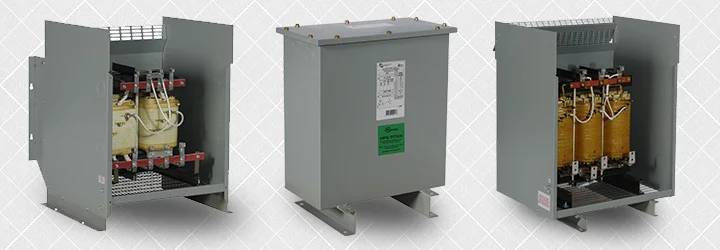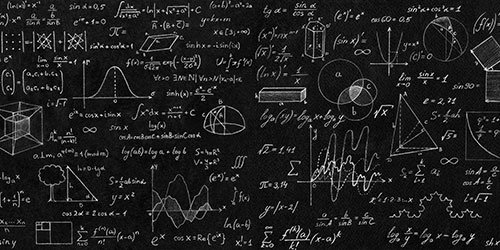Why use a Drive Isolation Transformer?
What is a drive isolation transformer?
A drive isolation transformer is first and foremost – a transformer. There is a primary winding and a secondary winding. So like other transformers they can “transform” voltage, for example 480 to 240. As the name implies, it’s the application that makes them different from most other transformers. The key word is isolation.
Isolation transformers are specially designed to maximize the power quality benefits of a standard transformer, beginning with the inherent separation of the primary and secondary windings. Isolation transformers typically:
- Are designed to prevent overheating due to harmonics. Although they do not actually filter harmonics, they can limit peaks 2
- Increase the ground fault tolerance of connected variable frequency drives.
- Minimize the transfer of inverter switching noise to your power network.
What do drive isolation transformers and line reactors have in common?
Drive isolation transformers add inductive impedance to the circuit. The added impedance slows the rate of current change and reduces both current and voltage distortion. Line reactors do the same, and are usually rated in terms of the percent impedance they add to the circuit. Most general purpose line reactors are rated at 3% impedance, though 5% is also common.
Line reactors and isolation transformers therefore both offer several benefits, including reduced:
- Tripping from line sags and peaks
- Current surges from voltage transients
- Tripping in switchgear (solid state sensing devices).
- Harmonic peaks generated by drive.
How is does a drive isolation transformer differ from a line reactor?
By default, a line reactor is a single winding (per phase) forming a simple inductor. It’s a simple, series device. A transformer, on the other hand, consists of two windings separated by an “air gap”. The isolation between the primary and secondary winding essentially “isolates” the input of the VFD(s) from the power source.
If the selected transformer has a Wye configured secondary, then a secondary ground can be gained with the installation of the isolation transformer.
This ground is isolated from the primary input and provides a couple distinct benefits:
- Grounding prevents the transfer of common-mode noise and transients, both from the primary source to the motor drive, and from the drive to the power system. This can reduce “bearing currents” that often cause fluting.
- Introducing a grounded, drive isolation transformer localizes the high-frequency induced ground currents and prevents them from extending upstream of the transformer, minimizing “noise” and related problems often associated with drives
1.
When should I use an isolation transformer instead of a line reactor?
Consider an isolation transformer when power quality and fault currents are the primary consideration. Line reactors are typically best when nuisance tripping of the drive is the primary consideration. Reactors slow the change in current and can impact spike amplitudes. There are also load side (of the VFD) benefits. Line reactors have a positive impact on harmonic distortion, and thus can benefit surrounding devices, such as electronics in your switchgear.
While reactors can be used to minimize fault currents (there are special types designed for this) it is tough to pass up on the benefits of the isolation transformer when power quality is the issue. The isolation, combined with the secondary ground, make a compelling case if you are trying to protect your surrounding system from the problematic harmonics generated by VFDs.
Another optional benefit of isolation transformers is that of electrostatic shielding. This provides a shield between the primary and secondary winding, which can provide in the range of 40-60 dB of common mode noise reduction (source of motor bearing currents and other problems). You can learn more about electrostatic shielding of isolation transformers here.

Drive Isolation Transformers Recommendation.
Shop for Isolation Transformers
And if you require electrostatic shielding, Hammond provides two primary options:
- Single Electrostatic Shield - This is the simplest type of shielded transformer with one grounded shield extending from top to bottom between the primary and secondary windings. This will typically supply 60dB of common mode noise attenuation from 100Hz through 1MHz.
- Double Electrostatic Shield - This has two grounded shields extending top to bottom between the primary and secondary windings and between the secondary windings and the core. This will typically supply 60-80dB of common mode noise attenuation from 100Hz through 1MHz.










